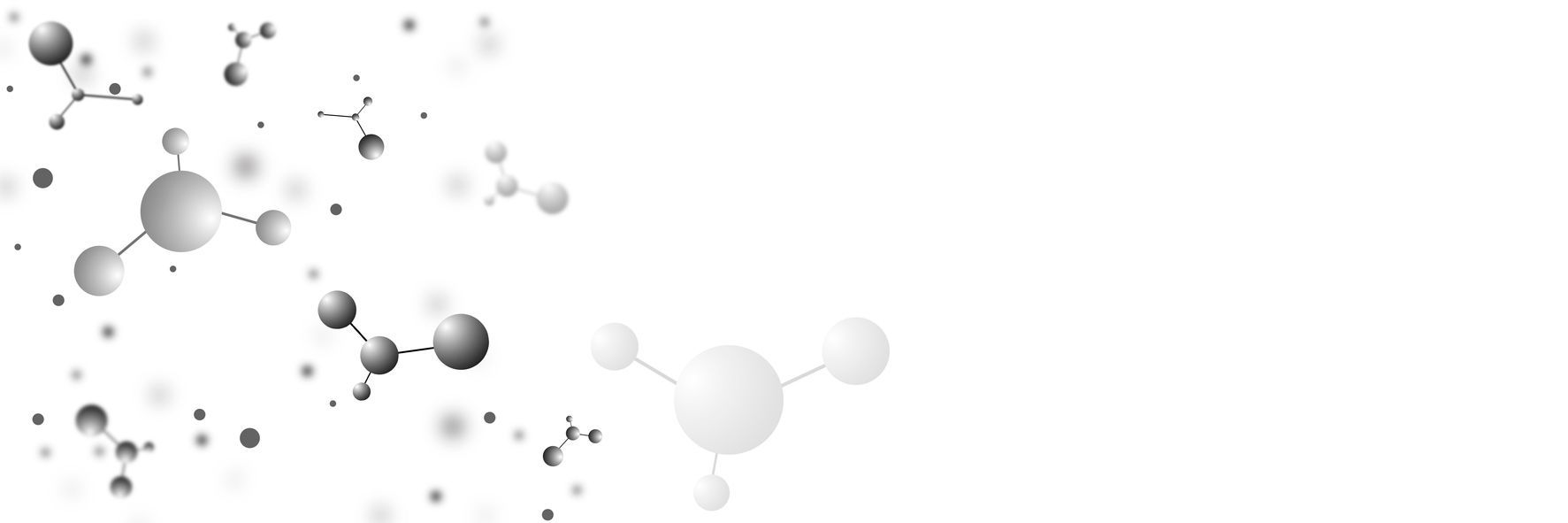Recruiting in the pharmaceutical industry is like formulating a drug: you need the right active ingredient but also the right excipient.
When drug science inspires recruitment strategy
In the pharmaceutical industry, no one would launch a new treatment without a balanced formulation.
An active ingredient (the therapeutic agent) is essential to act on the symptom or disease. But without the right excipient, that molecule would be ineffective or even harmful: poor absorption, low tolerance, or rejection by the body…
And yet, this is exactly what many HR teams do when recruiting: they focus solely on finding the right “active ingredient” the right degree, the ideal experience, the perfect technical skills.
But they forget the “excipient”: human values, team culture fit, and the soft skills that are essential for long-term success.
The result?
Recruitments that fail despite flawless CVs.
Employees who are technically excellent… but misaligned.
Talents who leave the company before the end of their probation period.
It’s time to reformulate recruitment in pharma with a holistic and sustainable approach.

1. The active ingredient: Technical skills the essential component
In every job description, the first requirement is clear: mastery of technical skills.
In the pharmaceutical industry, this can include:
- Knowledge of EU and FDA regulations
- Proficiency in tools like Veeva Vault, SAS, or LIMS
- Management of multicenter clinical trials
- Protocol design in pharmacovigilance
- GMP process validation
This is the foundation.
The molecule (technical skillset) cannot be missing — otherwise, the treatment simply doesn't work.
But a drug composed only of an active ingredient is often unstable, difficult to dose, or poorly tolerated by the body. The same applies to raw technical skills in a candidate: they are not sufficient to ensure effectiveness and long-term success.
2. The excipient: Soft skills and cultural fit
An excipient is everything in a drug that doesn’t directly heal, but makes the active ingredient effective, stable, and easier to administer.
In recruitment, the excipient is made up of:
- Emotional intelligence
- Interpersonal communication
- Autonomy and collaborative mindset
- Stress management and adaptability
- Compatibility with the team’s managerial culture
Let’s take two examples:
- A brilliant data scientist who refuses any peer review of their work? Guaranteed tension.
- A highly skilled project manager who rejects internal project management tools? The whole team slows down.
In a pharmaceutical product, the right excipient allows the active ingredient to deliver its full potential.
In recruitment, it’s exactly the same.
3. Why recruiters often overlook the right excipient
a. Because it’s harder to measure
Technical skills can be assessed with a test, a degree, or prior experience.
Human behavior requires qualitative evaluation, which is often more nuanced and complex.
b. Because operational pressure pushes for shortcuts
In a high-demand sector like pharma, recruiters are often pressured to “fill the role quickly.”
The risk? Focusing on a candidate who “ticks all the technical boxes” — without checking if they fit the human context.
c. Because team culture is rarely formalized
Many organizations struggle to define their actual working environment:
- Do people work independently or in pair programming?
- Is feedback direct or diplomatic?
- Does the manager lead with control or with trust?
Without this clarity, it becomes very difficult to assess whether a candidate will truly fit in.

4. How to reformulate your recruitment process
Here’s a 5-step action plan to balance your HR “formulation”:
1. Map out the “excipients” of your team culture
Create an ideal behavioral profile:
- Which soft skills are essential?
- What level of autonomy is required?
- What is the dominant management style?
Involve your current team to identify the behavioral traits that lead to success internally.
2. Integrate these criteria into the job description
Turn your job ad into a cultural attraction tool not just a technical checklist.
Examples:
- “You’ll thrive here if you love learning as a team”
- “We’re looking for someone who values feedback and transparency”
- “Our pace is fast, but we support each other every day”
This naturally filters out incompatible candidates while attracting those who share your values.
3. Use structured behavioral interviews
Apply the STAR method (Situation, Task, Action, Result) to get candidates talking about real-life situations.
Sample questions:
- “Tell me about a time you handled a conflict in a project team”
- “How did you react to a very directive manager?”
- “What was your biggest mistake and how did you handle it?”
This helps you assess actual behavior, not just good intentions.
4. Involve the operational team in the process
Include future colleagues in the final phase:
- Informal coffee chat
- Collaborative task simulation
- Team tour
Why? Because coworkers intuitively sense whether someone will fit in. And involving them boosts engagement and shared ownership of the recruitment success.
5. Make decisions using a mixed evaluation grid
Create an assessment matrix that gives equal weight to:
- Technical skills (active ingredient)
- Human skills (excipient)
Add a score for cultural fit.
Make hiring decisions as a team, based on this shared and balanced framework.
Why compare recruitment to drug formulation?
Because in both cases, success relies on a subtle balance between efficacy and tolerance. An excellent candidate can still fail if they’re not “bioavailable” in your environment. It’s a concrete metaphor that resonates with all pharma professionals.
Can soft skills really be measured reliably?
Yes, provided the right methods are used:
Structured behavioral interviews
Personality or emotional intelligence tests
Collaborative assessments or role-playing exercises
The goal isn’t to find an absolute truth, but to evaluate the consistency between the candidate’s profile and the reality of the role.
Why involve the team in the recruitment process?
Because the team knows the realities on the ground and can quickly spot style or attitude mismatches. They also feel more invested in the new hire’s success, which promotes integration and collective buy-in.
How to convince a technical manager to assess soft skills?
By showing them the costs of a bad hire, even if technically perfect:
Premature turnover
Tension within the team
Loss of productivity during onboarding
And by providing concrete tools (scoring grids, interview guides).
Is this approach suitable for production or temporary positions?
Yes. Even for temporary positions, behavioral compatibility plays a key role in team cohesion, safety, and workplace atmosphere. Ignoring it means taking an unnecessary risk.
FAQ




